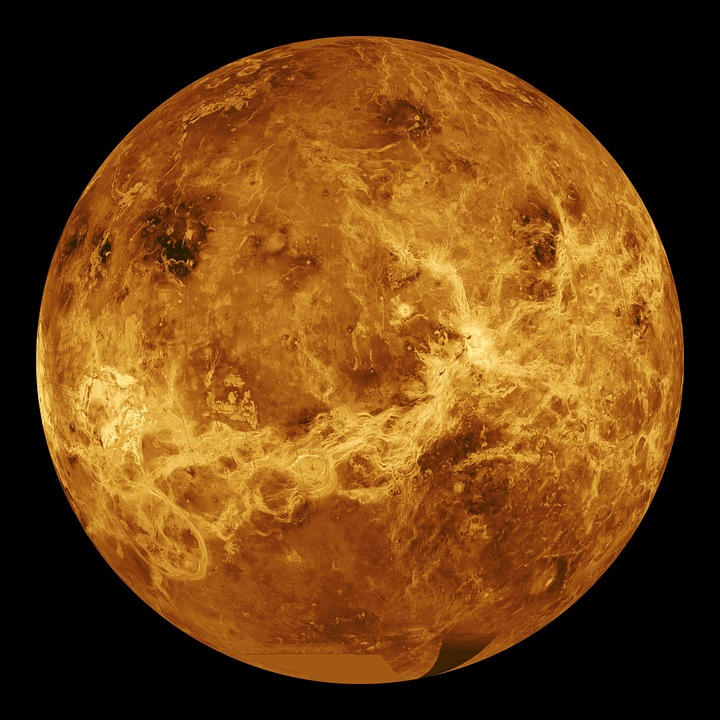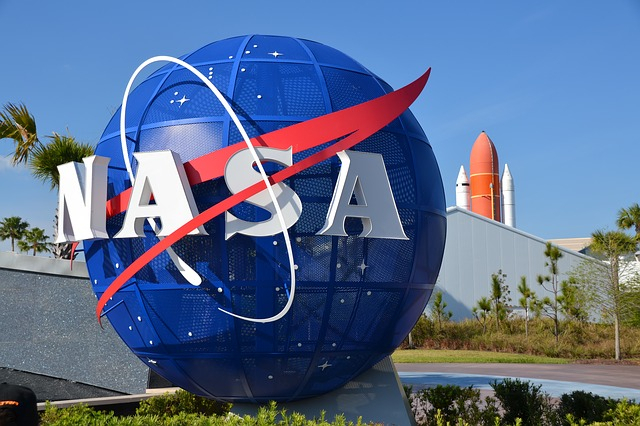The US space research agency NASA is asking for help from the public for the designing of an obstacle avoidance sensor to be used for a possible future Venus rover. For that purpose, NASA has also announced a competition with the first prize amounting to $15,000.
The prize amount for the first runner-up is $10,000 whereas the person who comes third will rake in $5,000, stated NASA while mentioning that they will accept submissions through May 29.
Venus is an extreme world

"Earth and Venus are basically sibling planets, but Venus took a turn at one point and became inhospitable to life as we know it," said Jonathan Sauder, a senior mechatronics engineer at NASA's Jet Propulsion Laboratory in Pasadena, California.
"By getting on the ground and exploring Venus, we can understand what caused Earth and Venus to diverge on wildly different paths and can explore a foreign world right in our own backyard," added Sauder, also principal investigator for the Automaton Rover for Extreme Environments (AREE) concept.
Venus is an extreme world. With a surface temperature in excess of 448 degrees Celsius and a surface pressure 90 times that of Earth, Venus can turn lead into a puddle and crush a nuclear-powered submarine with ease. While many missions have visited our sister planet, only about a dozen have made contact with the surface of Venus before quickly succumbing to the oppressive heat and pressure.
Soviet Vega 2 last landed on Venus

The last spacecraft to touch the planet's surface, the Soviet Vega 2, landed in 1985. Now, engineers and scientists at JPL are studying mission designs that can survive the hellish landscape. Powered by wind, AREE is intended to spend months, not minutes, exploring the Venus landscape, NASA said.
AREE could collect valuable, long-term longitudinal scientific data. As the rover explores the planet, it must also detect obstacles in its path, such as rocks, crevices and steep terrain. NASA said that the competition's winning sensor will be incorporated into the rover concept and could potentially one day be the mechanism by which a rover detects and navigates around obstructions.
The difficulty of this challenge is in designing a sensor that does not rely on electronic systems. Current state-of-the-art electronics fail at just over 440 degrees Celsius and would easily succumb to the extreme Venus environment. That is why NASA is turning to the global community of innovators and inventors for a solution.
(With agency inputs)









